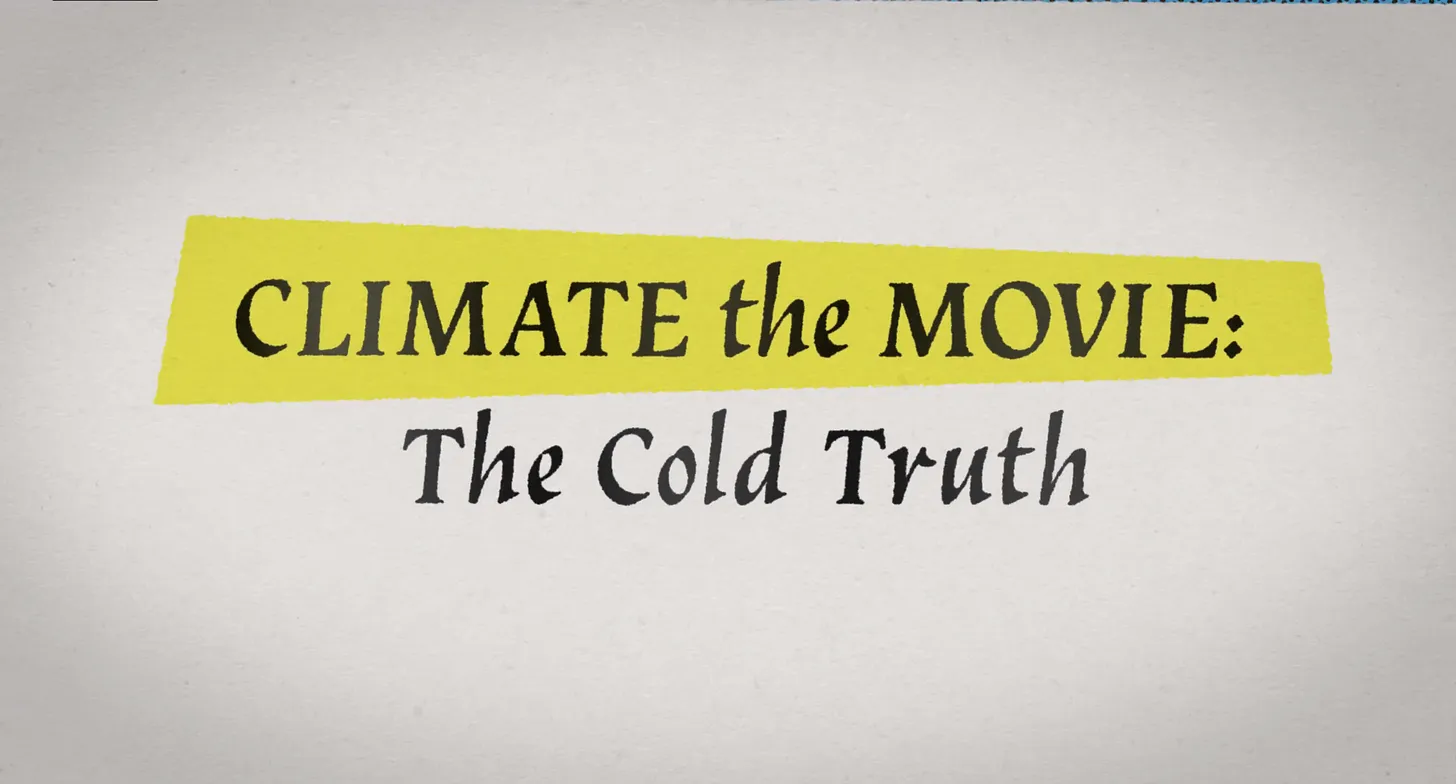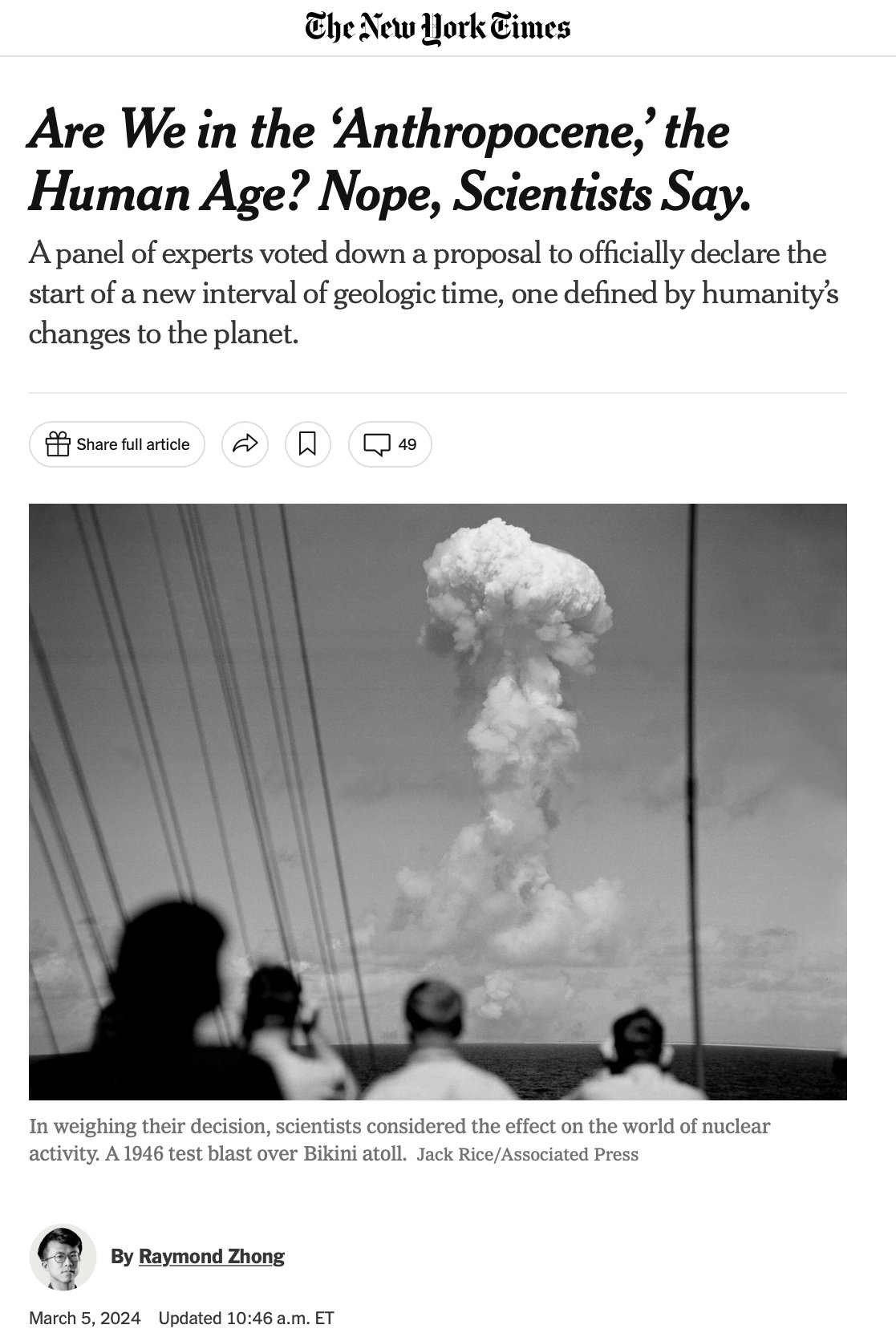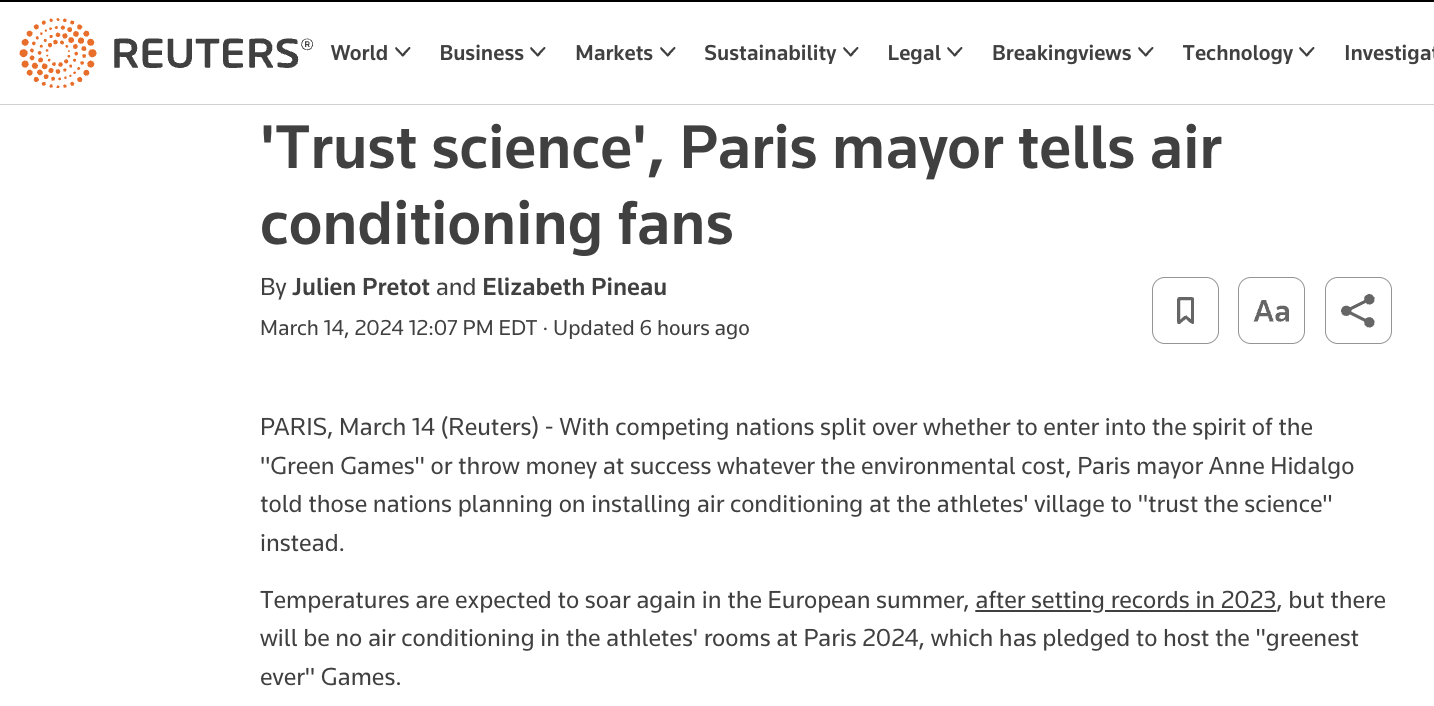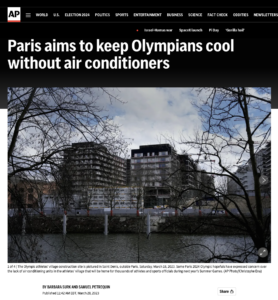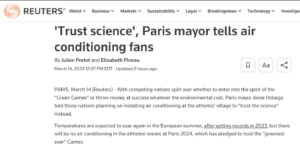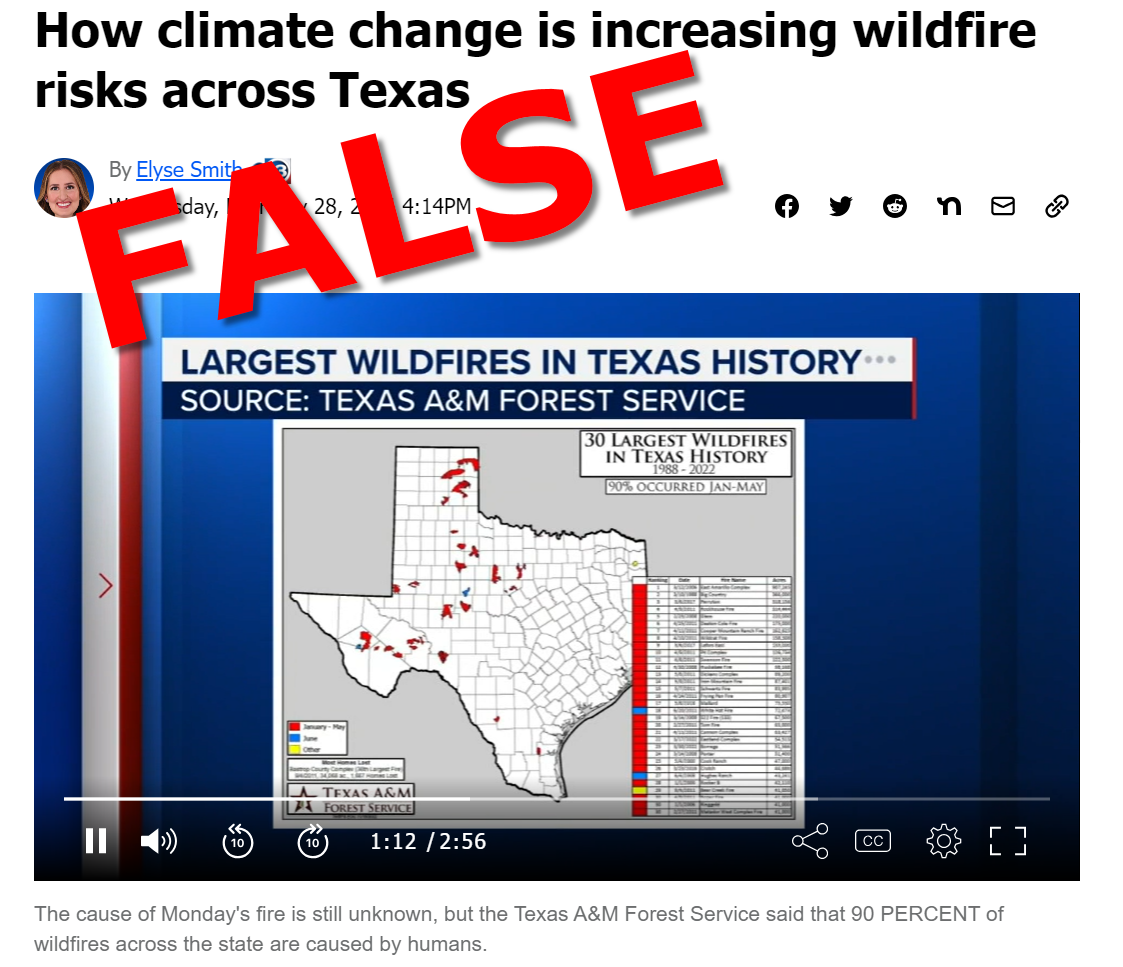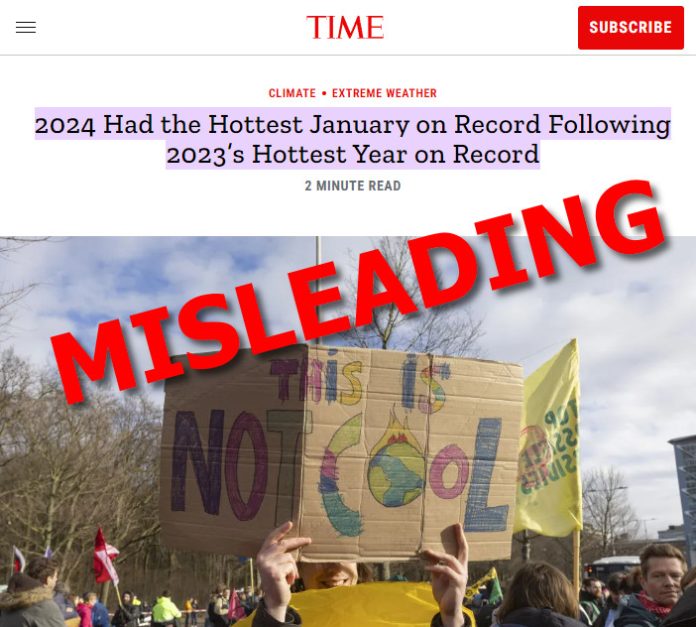EPA announces Smart Home Energy Management System with ‘thousands of partner brands’ – Will Americans be forced to buy the products & services from EPA-selected corporate partners?
Does EPA’s New Business Venture Prove Another Old Conspiracy Theory Was True? Does EPA’s New Business Venture Prove Another Old Conspiracy Theory Was True? by Jeff Dunetz On January 4th, the EPA announced the first mass-marketed Smart Home Energy Management System to earn the highly coveted ENERGY STAR certification, which received zero media coverage by groups like the Trusted News Initiative and their “industry partners” that have been conducting coordinated bans on all ENERGY STAR related issues for decades. The EPA’s press release informs us that the new Samsung SmartThings Home Energy service has integrations that span thousands of partner brands but never explains why Americans should want to be forced to buy the products and services from EPA-selected corporate partners. We’re all expected to pretend that if the members of the World Economic Forum think ENERGY STAR is a trusted partner, then we should also trust the deep thinkers at the Commonwealth Club in California, Prosperity Partnership in Washington State, and the Clinton Global Initiative. Nobody dares to ask when Congress authorized the Dept of Energy to create profit-driven enterprises, invent a bogus “certified” electrical commodity, or market those same EPA products on behalf of the USA to our global trade partners. Just don’t ask to see the process employed by DOE to select Samsung Corp as the sole provider for that national network, seek any technical data on the performance of the product, or question the lack of a mathematical formula to verify that any energy-savings actually occur from the use of an ENERGY STAR “certified” logo sticker. When FBI Director Christopher Wray showed up at the annual WEF meeting to speak about working with government and private partners to tackle the cyber-threats, was he discussing efforts to protect American citizens from predators, or was he peddling EPA products. This is a valid question, considering that DOE had essentially abandoned all efforts to reduce GHG emissions through energy efficiency years ago, favoring a Clean Energy Economy where carbon-trading schemes were the most significant money-making ventures for the green con-artist. When former CIA Director James Woolsey provided the keynote speech on “Harvesting Clean Energy, National Security, and the Path to Energy Independence” in 2006, it signaled that actual energy efficiency technologies were no longer desirable. Woolsey was at the 6th Does EPA’s New Business Venture Prove Another Old Conspiracy Theory Was True? N.W. Harvesting Clean Energy conference, which was part of a massive program that had allegedly just spent the last five years searching for cost-effective energy efficiency technologies for America’s Industrial Sector; the goal of that N.W. research program was to assist technology providers in overcoming the barriers that had been put in place by bureaucrats and utility bosses. But saving energy went out of vogue, and instead, the program shifted to accommodate the $100 billion Save Energy Now boondoggle that was to fund a mere 200 “industrial assessments” by a few universities. That quickly became the DOE’s cost-effective solution for beating Global Warming, which also served as the vehicle to drive the environmental justice agenda to American campuses at every level. That pathetic program was followed by the EPA Lead By Example guidelines released by the Obama Regime in 2009, which instructed state bureaucrats to claim EPA products saved 25% to 50% more energy than similar products. That allowed bureaucrats to make extra revenue with the EPA’s lucrative product lines. This encouraged the political view that agency budgets could be leveraged for responsible environmental investments, which appeared perfectly normal to the savvy entrepreneurs in government looking to make some green from the EPA’s “Goose That Lays The Golden Eggs.” I don’t deny that it sounds like a conspiracy theory, but is it true? Indirectly, it has been the subject of several Conspiracy Theories since at least 2011, when Mother Jones magazine posted its “The Right’s Top 5 EPA Conspiracy Theories“. Radicals had declared U.S. Rep.Steve Scalise (R-LA) was a crazy right-winger for suggesting that Obama’s plans to ‘skyrocket’ electrical rates would create a “Global Warming Gestapo,” and conspiracy theorist Jerome Corsi was warning that the “energy police are about to invade your home with ‘smart meters.’ According to the Guardian newspaper, Corsi had a long list of conspiratorial views about the American press “of being anti-Islamic, anti-Catholic, anti-Semitic, homophobic and of exploiting racial prejudices in an attempt to ‘scare white America.’” What wasn’t considered controversial, was a Guardian article from Dec.3, 2010, about a secret plot by the CIA and State Dept to rig the outcome of U.N.’s Copenhagen climate deal as described in “WikiLeaks cables reveal how U.S. manipulated climate accord.” The Guardian article claimed that perhaps the most audacious appeal for funds revealed in the cables is from Saudi Arabia, the world’s second-biggest oil producer and one of the 25 richest countries. A secret cable sent on February 12th records a meeting between U.S. embassy officials and lead climate change negotiator Mohammad al-Sabban. “The kingdom will need time to diversify its economy away from petroleum, [Sabban] said, noting a U.S. commitment to help Saudi Arabia with its economic diversification efforts would ‘take the pressure off climate change negotiations.’” Is the fact that Exxon-Mobile and the Saudi Basic Industries Corp (Sabic) are now building the world’s largest natural gas processing plant to export carbon-based resources from Texas also a conspiracy theory? None of the EPA’s double standards are new; they’ve been buried, suppressed, or ‘scrubbed” from the internet. FISA Court President Rosemary Collier had crafted a 99-page opinion describing the widespread abuse of the Patriot Act by the Obama Regime. Still, our Congress could care less about that criminal activity. Back in January of 2016, I had posted that the ENERGY STAR program was a true National disgrace that had inflicted more damage on America’s economic, educational, and legal systems than an entire army of Bernie Madoff’s and John Beale’s. Its entire reputation had been built on myths, fraudulent scientific research, and bogus technical reports promoted by corrupt media. That article was re-posted by an honest news outlet after my site had been targeted by the State for exposing corruption in the scientific research supporting the EPA’s product lines. Scrubbing all evidence from the internet of a competitor was par for the course for the EPA, which has been mired in scandal and controversy since the ENERGY STAR program was first created by former CIA Director George H W Bush in 1992. The EPA press release from January 4th included the following; ENERGY STAR® is the government-backed symbol for energy efficiency, providing simple, credible, and unbiased information that consumers and businesses rely on to make well-informed decisions. Thousands of industrial, commercial, utility, state, and local organizations—including about 40% of the Fortune 500®—rely on their partnership with the U.S. Environmental Protection Agency (EPA) to deliver cost-saving energy efficiency solutions. If you believe that the EPA has been providing unbiased information that consumers rely on to make well-informed decisions, you probably also believe that Communist China, WEF, and the UNIDO are as trustworthy as FBI Director Wray

